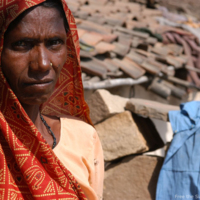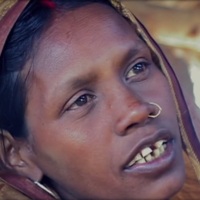There are an estimated 171,000 people living in modern slavery in Nepal (GSI 2018). Within Nepal, bonded labour exists in agriculture, brick kilns, the stone-breaking industry, and domestic work. Sex trafficking of Nepali women and girls increasingly takes place in private apartments, rented rooms, guest houses, and restaurants. Nepali and Indian children are subjected to forced labor in the country, especially in domestic work, brick kilns, and the embroidered textile, or zari, industry. Under false promises of education and work opportunities, Nepali parents give their children to brokers who instead take them to frequently unregistered children’s homes in urban locations, where they are forced to pretend to be orphans to garner donations from tourists and volunteers; some of the children are also forced to beg on the street. According to Human Rights Watch, thirty-seven percent of girls in Nepal marry before age 18 and 10 percent are married by age 15, in spite of the fact that the minimum age of marriage under Nepali law is 20 years of age. UNICEF data indicates that Nepal has the third highest rate of child marriage in Asia, after Bangladesh and India.
Rajita T. was married when she was 12 or 13 to her husband who was about 18 years old










